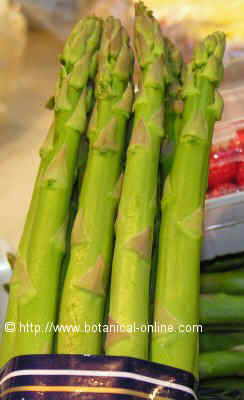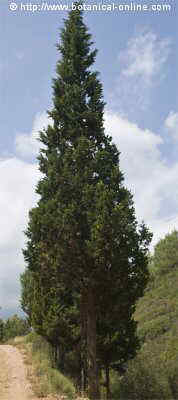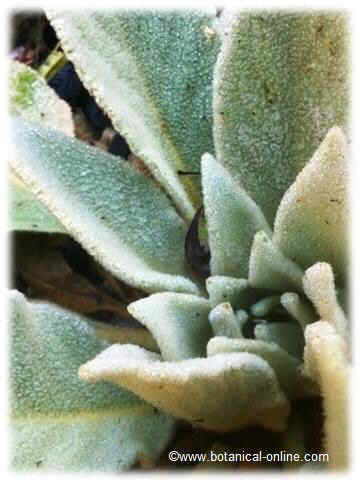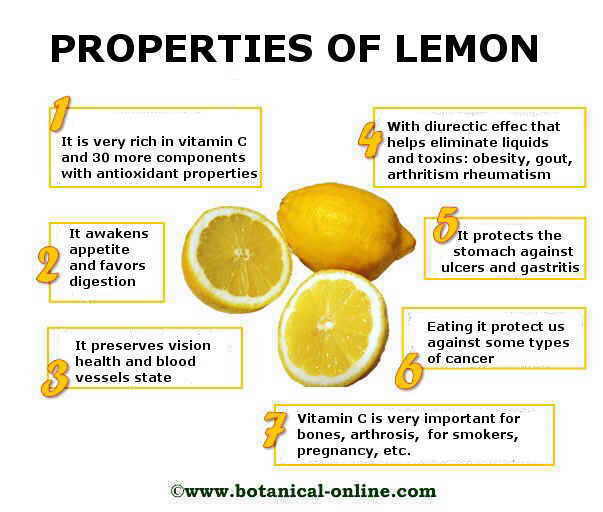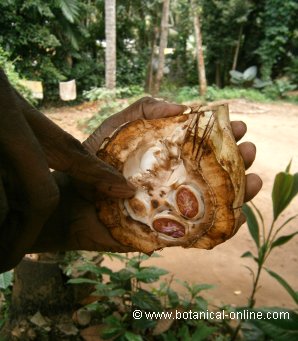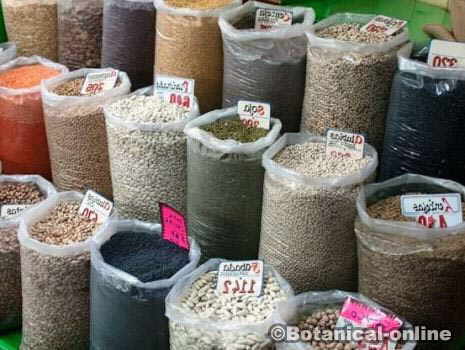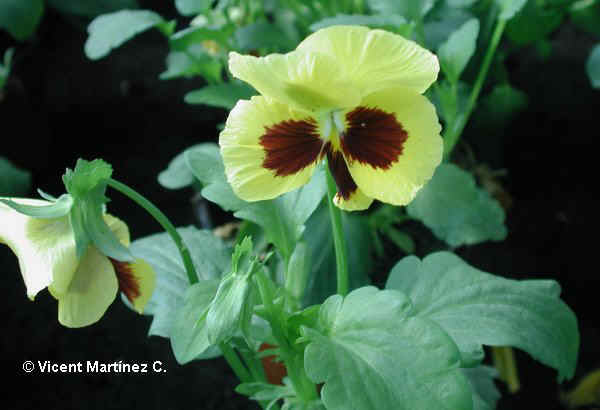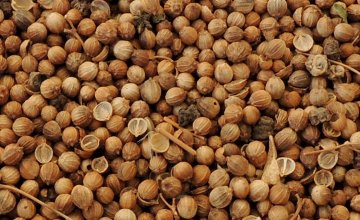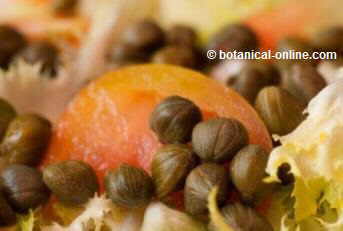Contents
Medicinal properties of zeaxanthin
CHARACTERISTICS OF ZEAXANTHIN
|
What is zeaxanthin?
Zeaxanthin is a yellowish soluble pigment that appears in algae, bacteria and higher plants. It belongs to the group of carotenoids, which are a type of flavonoids.
Zeaxanthin properties
Zeaxanthin function in plants is to protect the plant against solar radiation. This same property is effective to protect the human retina of the sun’s ultraviolet radiation. Zeaxanthin is a pigment that appears in a natural way in the retina, together with lutein.
Zeaxanthin acts with lutein in the sight protection. These components are in the macula, the central region of the retina, to which they give it its yellowing, but, while zeaxanthin is in the center of the macula, lutein occupies the sides.
The conservation of this pigment is what allows filtering the sun’s ultraviolet rays, preventing the formation of many diseases, including macular degeneration or vision loss, which is a disorder characterized by loss of visual acuity, as consequence of degeneration that occurs in the macula. Similarly it has been shown that high levels of these components in the eye retina defend against cataracts. Both pigments appear to also protect the body against the development of certain cancers.
Sources of Zeaxanthin. Where is zeaxanthin found?
Zeaxanthin -rich foods include egg yolks, appears on plants such as asparagus, kiwifruit, corn, oranges and mangoes.
– Supplements: is taken as an isolated supplement to treat eye problems, often appears with lutein but to a lesser extent.
Zeaxanthin toxicity
Pregnant or lactating women should not take supplements of zeaxanthin, although it is acquire this principle through food. A part of the intake is in a considerable amount in the egg yolk. Since this carotenoid is not converted into vitamin A, it should not be supplied with the intention of completing the shortcomings of this vitamin.
*Related information: Lutein, xanthophyll and tagetes extract
![]() More information on components of the medicinal plants.
More information on components of the medicinal plants.
| Main flavonoids | |
| Beta carotene | Alpha-carotene |
| Lutein / Zeaxanthin | Capsanthin |
| Cryptoxanthin | Anthocyanins |
| Quercetin | Hesperidin |
| Lycopene | Rutin |
| Catechins | Resveratrol |

